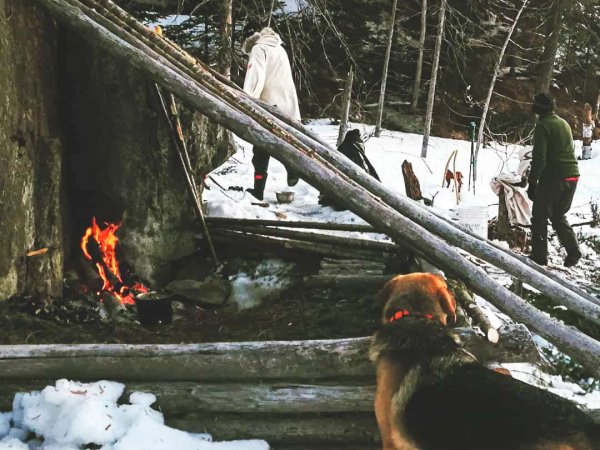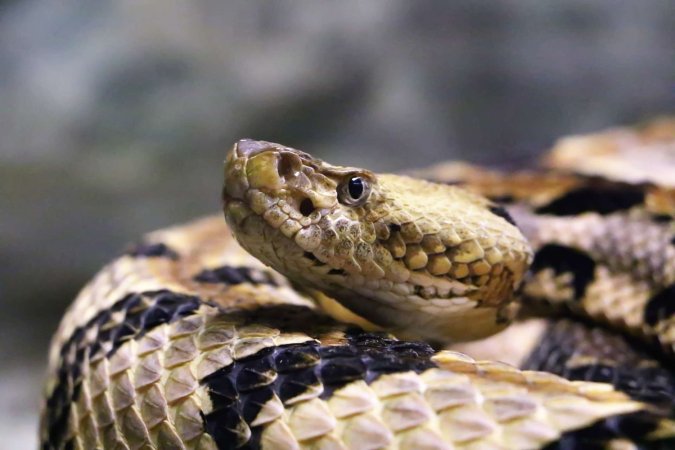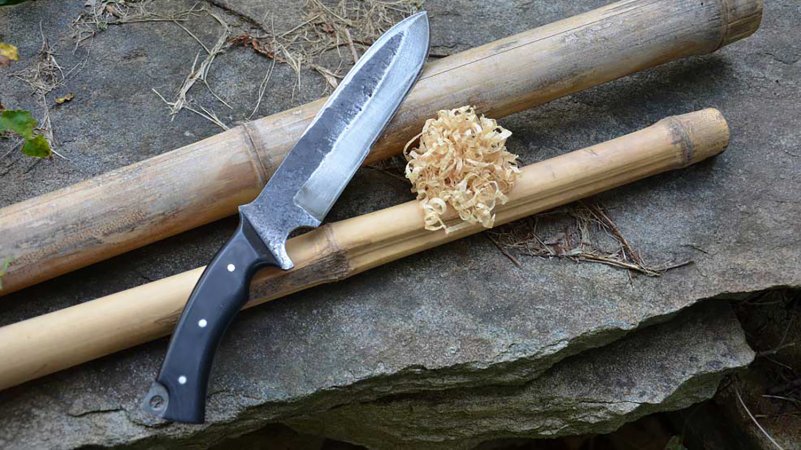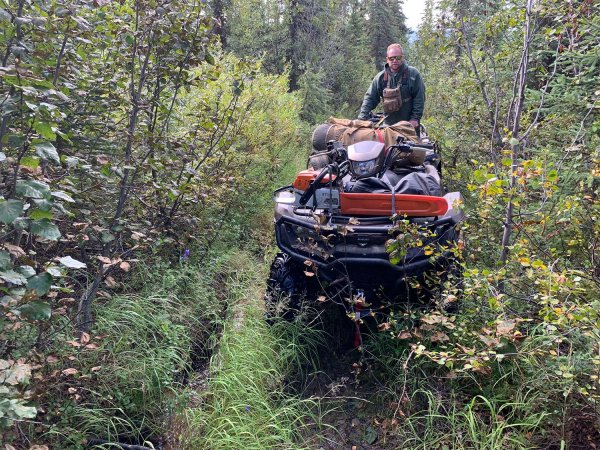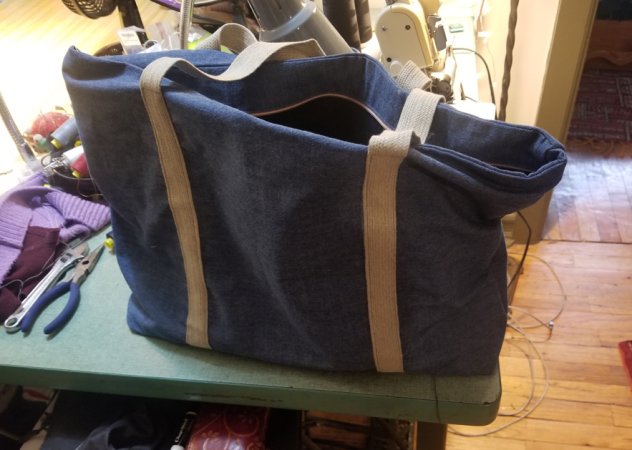

As the weather begins to cool, many animals’ thoughts turn to hibernation. Tortoises begin digging burrows, bears fatten up for the winter, and Popular Science writers turn to a steady diet of hot chocolate and cheesy pasta dishes. Snakes are also eager to get cozy during the colder months, and they may slither into your home to satisfy their needs.
There are around 50 species of these noodly reptiles in North America, and yes, a handful of them are venomous. But while snakes are predators to small rodents, they’re generally harmless to humans and aren’t interested in hanging out—the vast majority of human-snake interactions happen by accident, often startling both parties. Snakes will only enter human dwellings in search of shelter, warmth, tasty mice, or a combination of the three. A little diligence and a level head are all you need to handle these unexpected visitors.
Leave snakes alone
If you spot a snake outdoors, even if it’s on your property, the best course of action is to leave it alone and wait. In all likelihood, the serpent in question will slither away on its own. Approaching it or trying to scare it out of your yard isn’t necessary, and could lead to conflict. Non-venomous snakes can even help solve your neighborhood’s pest problems by snacking on mice and rats. If you really want the creature out of your yard, try gently spraying it with a garden hose to encourage it to move along.
The only time you should take action when you see a snake outdoors is if you suspect it to be venomous. A good rule of thumb is to practice extreme caution around snakes that have pointy triangular heads, brightly colored bodies, thin vertical pupils, or a rattle on their tails. However, venomous snakes differ by region, so it’s best to familiarize yourself with the ones that call your area home. If you see a snake that could be venomous, call your local animal control office or wildlife center for advice on what to do. Don’t approach or try to handle the snake, and don’t kill it just for existing: it lives outdoors, and it means you no harm.
DIY snake wrangling
As snakes prepare for hibernation, they seek out warm, enclosed spaces where they can shelter from the elements. Unfortunately for humans, this may include sheds, crawlspaces, and basements. Occasionally, a snake may even find its way into the living area of your house. This is extremely rare, but even if it happens to you, there’s usually no cause for alarm.
[Related: The best remedy for a snakebite]
If the snake is small and docile, grab a broom and gently push it to the nearest exit. If there’s no exit nearby or the path to get there is blocked, sweep the snake into a large container and carry it outside. Release it by gently tipping the container away from you and letting the snake be on its way.
If the snake is too large to effectively sweep outside, cover it with a large container like a cardboard box or a plastic storage bin. Place a weight on top of the container to ensure the snake stays trapped underneath. Then survey the tools at your disposal and plot an exit route. A snow shovel or trash can can work to scoop a snake up. You should also close off the room the snake is in so it can’t scoot into other areas of your home once you release it from Snake Jail. When it’s time, lift the container and scoop up your slithery intruder.
If you have thick gardening gloves, it’s possible to pick up a snake and simply carry it outside. Another popular hands-on method is to toss a towel or blanket over the snake and quickly bundle it outside. If you opt for either of these methods, make absolutely sure that the snake is not venomous by thoroughly researching its markings and other features. These endeavors are not for the faint of heart—if you’re afraid of snakes or easily alarmed in general, you may not be the best choice for amateur snake wrangling. The closer you are to a snake, the more likely you are to be bitten.
If you suspect the snake in your home may be venomous or if it’s acting aggressively, call in the professionals. Don’t attempt to handle a venomous snake by yourself. Many pest control services offer snake removal in areas where these reptiles are common. If you decide to use their services, be sure to ask what will happen to the snake once it’s removed. If you don’t like what you hear (like the snake will be released outside of its range, or killed), see if you can find a pro who will give it a more satisfactory ending. Some local governments also have wildlife agencies that will help you handle a wayward snake.
How to reduce snake encounters
The best way to stop a snake encounter before it happens is to take a few simple steps to snake-proof your home and yard.
- Remove or block off places where snakes can hang out: tall grasses, piles of lawn debris, and burrows left behind by other animals are all popular snake locations. Keeping grass and other ground cover short where you’re likely to be active and filling in any hollows with gravel can keep snakes out from underfoot.
- Seal any openings in the exterior of your home or other buildings on your property. This includes any entrances to the spaces inside walls or underneath floorboards. A small piece of wire mesh usually does the trick.
- If you have a pool or another body of water, it’s likely to attract snakes. Try pouring a natural snake repellent like white vinegar around the water source to keep them away.
- If you have a rodent issue in or around your building, call a pest control expert to handle the problem at its source. Fewer prey animals will make your area less attractive to snakes.
- Keep all pet and wildlife food off the ground where snakes can’t reach it. It’s also a good idea to mask its smell by keeping it in sealed containers.
